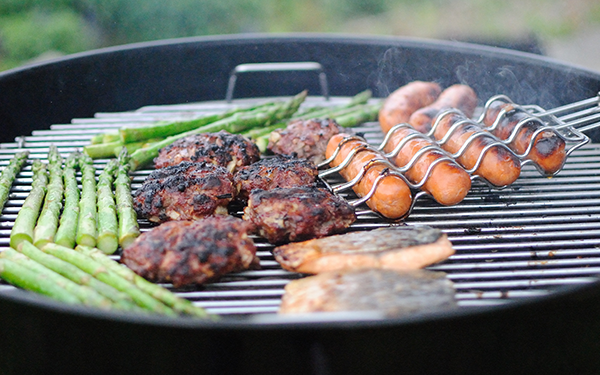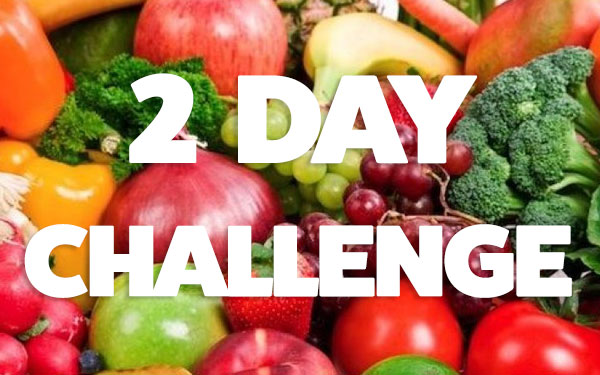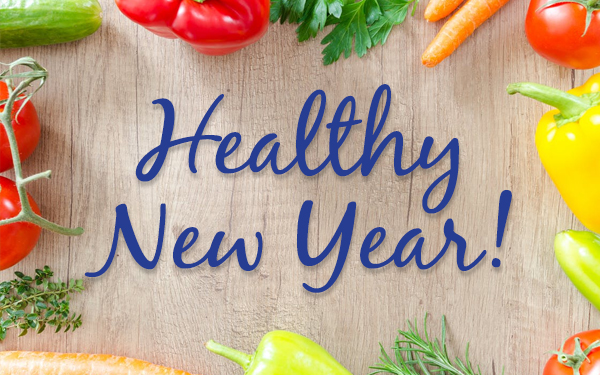By now, I am sure that you’ve heard that all carbohydrates are not created equal. The swiftly digested—refined, processed, smashed, bleached, manufactured and who knows what else—“white” carbs have little nutritional value and turn straight into sugar, then fat in your body. These bad carbs are things like white flour, white rice, potatoes, sugar and all of the things made from them. Bad foods made from these bad carbs are everywhere you look; from soda to white bread, pastries, pasta, pizza and candy.
If you’re in the mood for something starchy or sweet, you’re not up the river without a paddle. There are plenty of good choices, good carbs out there for you. The carbohydrates in these foods are more complex, with more natural fiber. Fiber is key. The fiber helps you digest the carbohydrates slower, allowing you to burn them off before they’re converted into sugar and then fat in your body. Just a few wholesome carbohydrates are almonds and almond flour, milled flax seed, most fruits like berries, cantaloupe and honeydew, most vegetables, and even sweet potatoes. Not only will these good carbs keep you full and satisfied, they also pack more vitamins, minerals and antioxidants that you simply won’t find in a refined, bad carb counterpart.
Lately, “Whole Grain” and “Gluten-Free” have started a revolution for those who want to have their cake and eat it too. We’re seeing more and more whole grains touted on advertisements, food packages and restaurant menus, but it’s important to see the difference between good marketing and good food as ultimately these products may not be good for a low-carb lifestyle. If you decide whole grains are for you, be sure to check the ingredients because something can still be whole grain and loaded with added sugars and partially hydrogenated oils, the dreaded trans-fat. What I mean is, just because it’s whole grain, that doesn’t mean the whole ingredient list is all that great!
Still not sure if it’s up to snuff? A good whole grain food should have at least three grams of fiber per serving and if it doesn’t, move right along.
Down With Counting
One of the biggest downfalls I’ve seen with people watching carbohydrates is the urge to count them out. Because all carbs—or even foods for that matter—are not created equal, you can’t always go by the numbers.
For most of my weight loss I would say to myself that I was sticking to under 30 carbs a day—so even I was shackled to the numbers—but I realize now that I never kept a log of how many carbohydrates I was actually consuming. I was pretty sure that I was sticking to my goal carbs because I only kept fresh and good foods around the house. Today, I realize that my success had a whole lot to do with the good, fresh food and nothing to do with any arbitrarily derived carbohydrate limit.
When you’re actively counting carbohydrates, or even calories, I believe you may inadvertently do more harm than good. You may find yourself eating more to reach just below your limit, just because you’re allowed. Worse yet, you may find yourself saving up all of your carbs or calories for a food you probably shouldn’t be eating in the first place. Starving yourself all day so that you can order a pizza and still stay below your daily carb limit isn’t going to work out for you in the long run. A small chocolate candy may have the same amount of carbohydrates as a cup of broccoli, but these foods are so fundamentally different that it makes counting seem inane.
Remember that it’s all about the food so I say, throw the numbers out the window and make the choice to only eat good, fresh low-carb foods. It’s a tough thing to let go, but it’s probably best for your sanity as well! You can’t live your whole life by the numbers… or at least I can’t!
Keep On Low Carbin’
George Stella
For tons more low carb recipes, ideas, and support please visit:
www.StellaStyle.com
www.facebook.com/LowCarbingAmongFriends






Good article! I only counted carbs in the very beginning….around 1999. I might have done it once or twice again at some point, but I agree with your philosophy of throwing counting carbs out the window, once you have the hang of it (might be necessary only in the very beginning to get a good understanding of the carbs in various foods). So much easier, especially if you already know what you are supposed to be eating. However, that said, everyone is so different. Some people enjoy counting carbs or calories or whatever and do well doing that. I was never one of those people. 😉
What are you considering a good sugar substitute?
are peanuts ok? coctail peanuts!
Swerve
I eat peanuts and peanut butter all the time…
This only works for some lucky people. I have been on every diet known to man since I was 14. I’ve lost & gained until 2002 when I lost 80 lbs. I kept it off for 5 years until my dad was ill, spent 2 mos in hospital before he died & I was driving 200 miles 3 times a week to take care of my mom who had dementia & try to take care of dad. Needless to say the stress lead to gaining 20 lbs. Then my thyroid was precancerous so it was removed & I gained another 20 lbs which even a 150 mg dose of Synthroid my weight grabbed on & stayed. I’ve tried Perl Mudder, Burning man, Dr Pescatore’s, Atkins, every lo carb diet but nothing. ONLY STAYING BELOW 30 CARBS HAS WORKED Aling with taking thousands of amino acids & collagen. So saying there’s a difference between fresh good carbs is all fine, well & good, but for some of us it doesn’t matter. Below 30 is necessary.
I love this George! Thank you for putting this together $